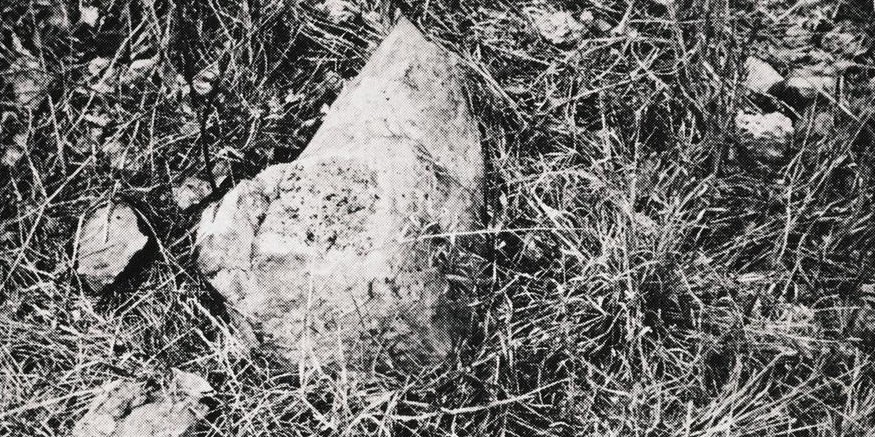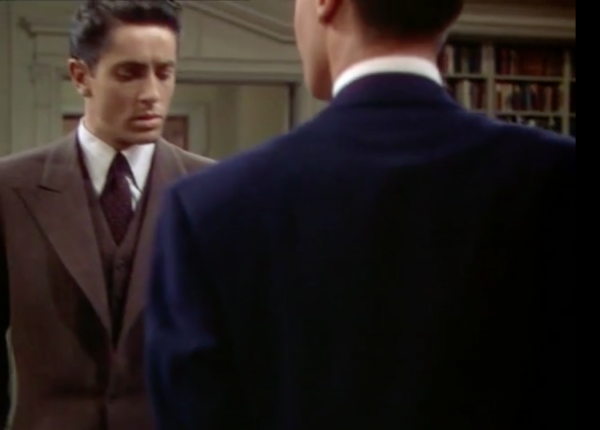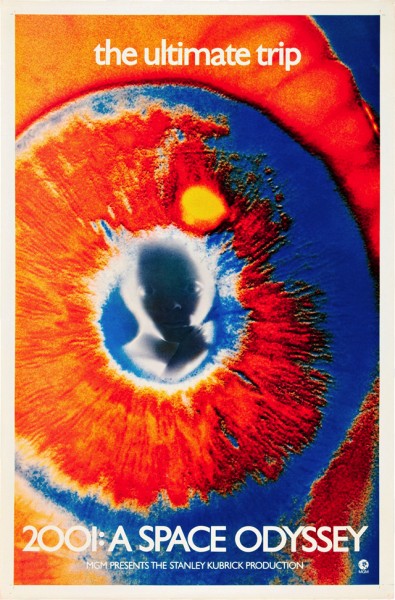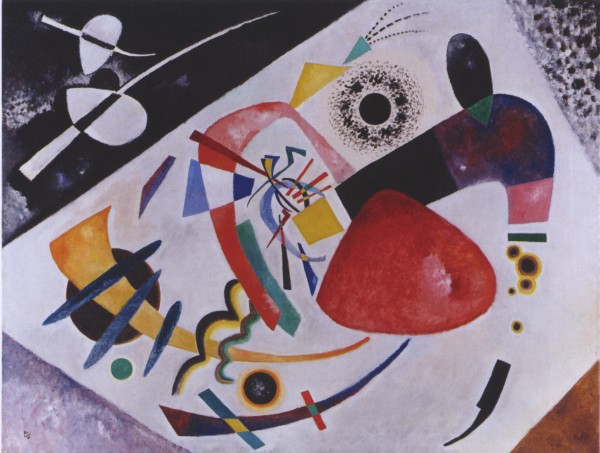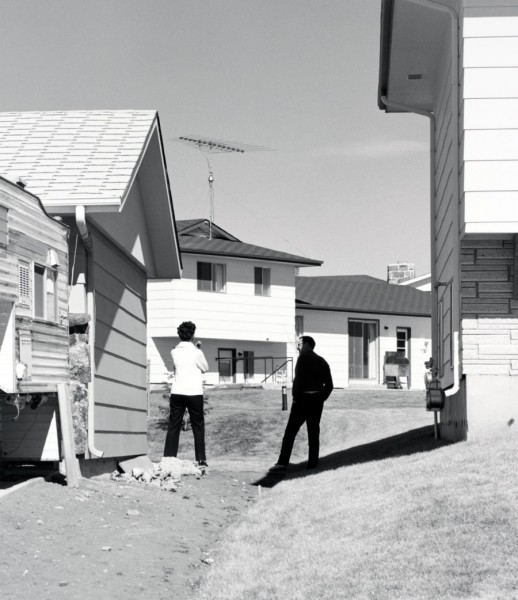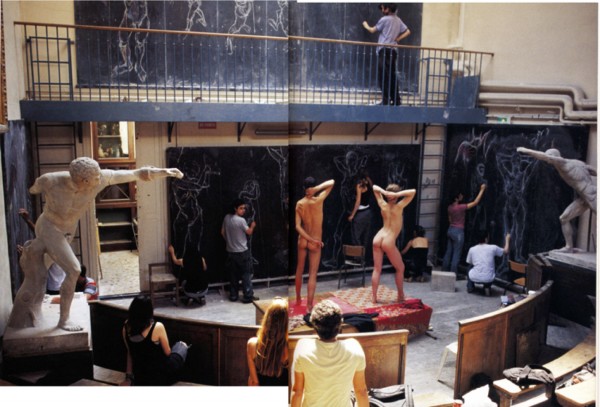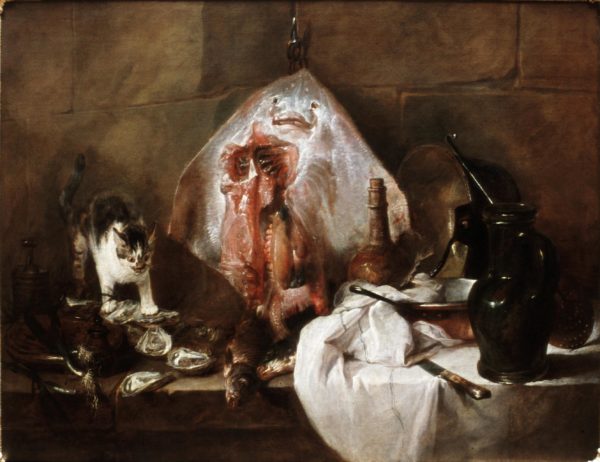
The Luminous Elsewhere
Eighteenth-century intentionality was less a directional striving or will, than disclosive, something that made us aware of our being in the world. What the senses do, in this sense, is to make the world available, rather than keep it at a skeptical remove. Perception…is a “skilled attunement.” It is Lajer-Burcharth’s singular achievement to give us a very different eighteenth century, a “luminous elsewhere” that’s also right here with us. And radically ordinary.



